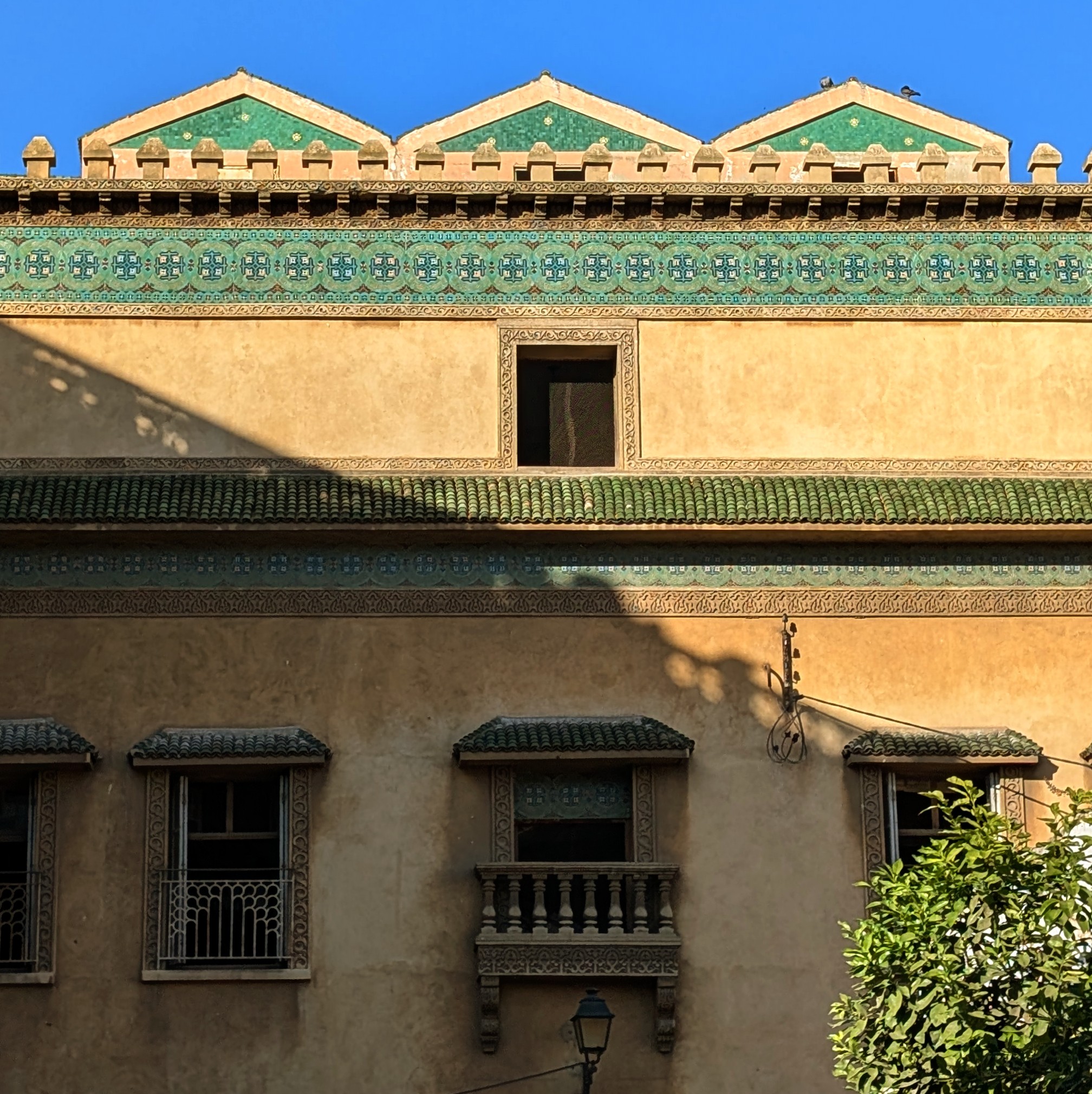Casablanca, once known as Anfa, has always been a hotspot for human activity thanks to its prime location between the Atlantic Ocean and the fertile Chaouia Plains. From prehistoric times (as seen in the Sidi Abderrahman archaeological site) to the Middle Ages, the city thrived until, mysteriously, Anfa faded into obscurity.

Centuries later, Casablanca rose again. In the 18th century, Sultan Mohammed Ben Abdellah rebuilt the city, giving it its first Grand Mosque, fortified walls, and the Sqala, landmarks that still stand proudly in the Old Medina today.
Recognizing its economic potential, the Sultan established Casablanca’s first port, transforming it into a hub for international trade and drawing people from across Morocco and beyond. Under the French Consulate, the city expanded even further with a larger port, fueling its journey to becoming Morocco’s economic capital.
Go! Go!
Starting from Casa Port, cross the street towards Bd Félix Houphouët-Boigny. Few steps in, you’ll find one of Casablanca’s most famous mausoleums, home to the graves of key historical figures like Benjdia and Sidi Belyout, after whom the site was named.
Assignment
- Q1: What animal is associated with Sidi Belyout?
- Q2: How many palm trees are planted inside the mausoleum around the mosque and kobba?
To proceed, replace the URL with your answers, separated by a dash (-):
/casablanca/<answer1>-<answer2>
e.g /casablanca/elephant-7
Hints
- Take a closer look at the name Belyout, there’s a clue in there!
- This animal is a strong symbol in Morocco, but it no longer roams Casablanca’s wild.
See you in the next step! 😉